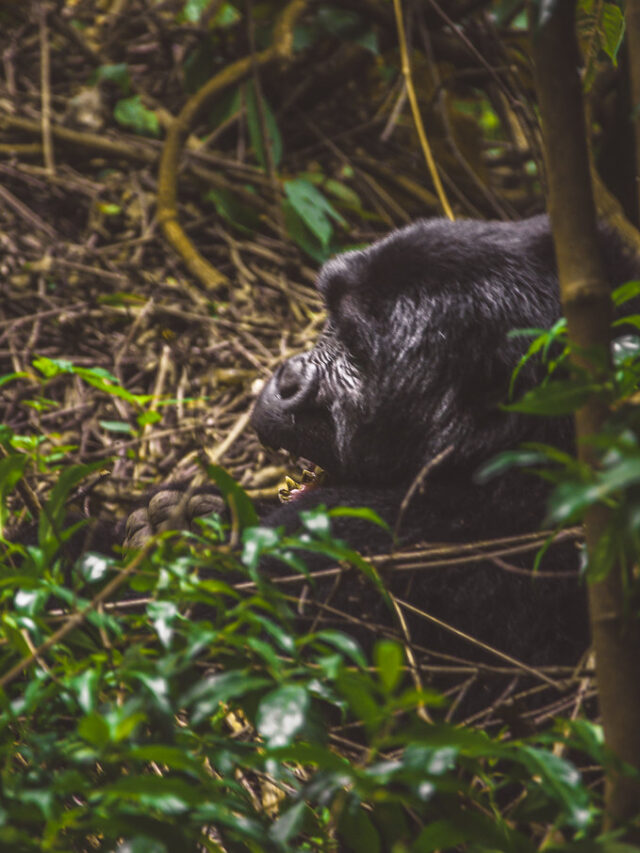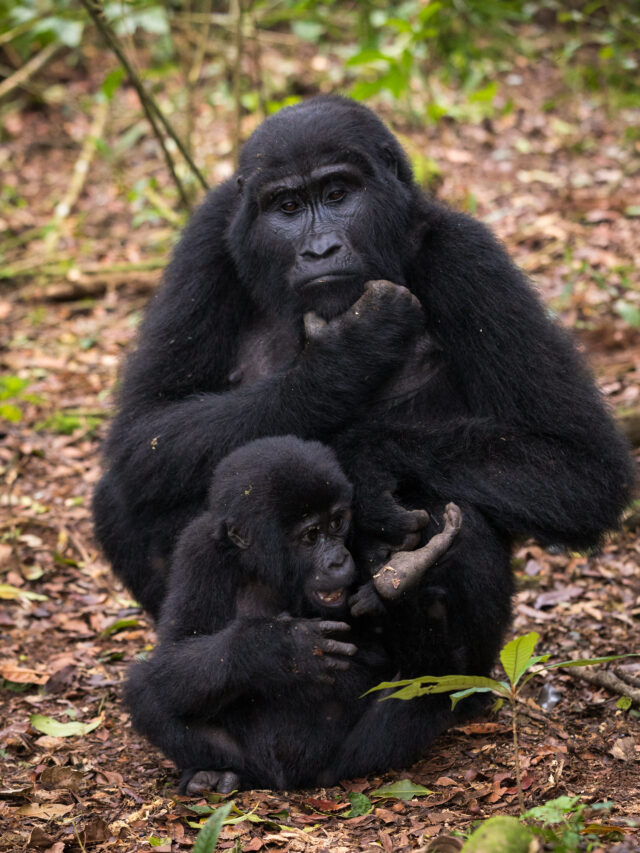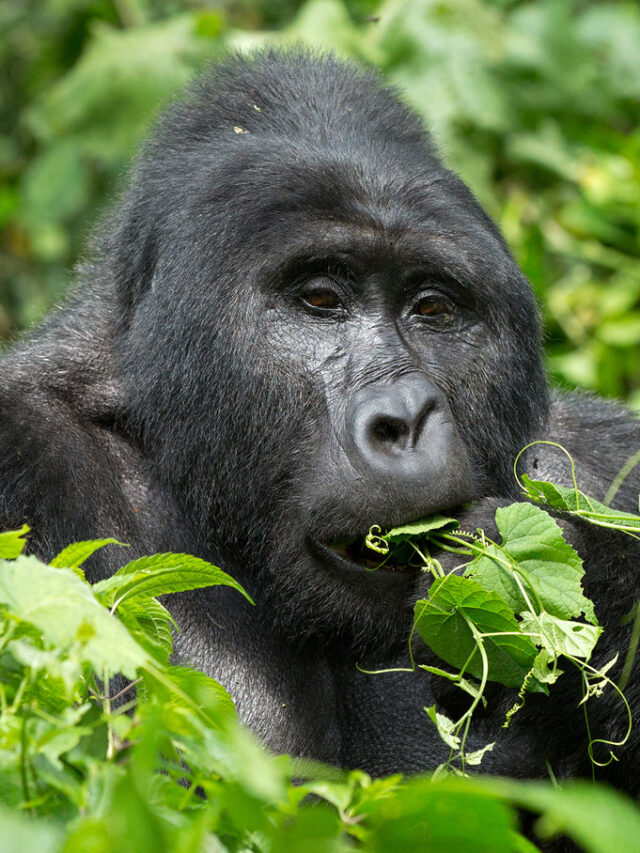22-Day Uganda Birding Safari: A Journey Into the Feathered Soul of Africa
When the Birds Lead the Way, Uganda Becomes a Living Aviary
Uganda Birding Safari — In the world of birding, there are few places left that feel both untouched and abundant. Uganda is one of them. A country where more than 1,060 bird species live, migrate, and nest—many of them endemic, rare, or breathtakingly beautiful. A 22-day Uganda birding safari is not a race through checklists—it’s a sacred rhythm. A slow, soulful journey where every morning starts with calls echoing through forest mist, and every evening ends under skies brushed by silhouettes in flight.
This is not just a trip for birdwatchers. It’s for those who find meaning in stillness, in patience, in beauty that flutters briefly and disappears into the green. You won’t be herded in crowds or fenced into viewing platforms. You’ll walk forest trails with expert guides, boat through papyrus-fringed channels, track birds by call alone, and stand quietly under trees that hold the rarest wings on Earth.
This is Uganda. And for 22 days, the birds lead.
Day 1: Arrival in Entebbe – First Notes on the Wind
You land in Entebbe, where Lake Victoria kisses the shores and the breeze already carries the calls of black-headed gonoleks, yellow-billed kites, and African openbills. Depending on your time of arrival, you may walk the grounds of your lodge or bird along the lakefront to catch your first glimpses. You’ve barely stepped off the plane, and the count has already begun.
Day 2: Mabamba Swamp – The Shoebill Awakening
Before sunrise, you journey by boat into Mabamba Swamp, a mystical wetland of papyrus where Uganda’s most famous bird waits—the Shoebill. Elusive, strange, and regal, spotting this prehistoric giant at eye-level as it freezes mid-hunt is an emotional milestone for any birder. But Mabamba offers more: lesser jacanas, blue-breasted bee-eaters, papyrus gonoleks, and swamp flycatchers. It’s not just a start—it’s a ceremony.
Day 3: Botanical Gardens and Lutembe Bay – Winged Sanctuaries Near the City
You spend the morning at the Entebbe Botanical Gardens, a rich mix of forest and lakeside habitats with birds like the orange weaver, green hylia, great blue turaco, and violet-backed starling. Later, depending on water levels and time, you may explore Lutembe Bay, where migrants and residents mingle. Even close to the capital, Uganda never stops offering surprises.
Days 4–5: Mabira Forest – The Whispering Canopy
East of Kampala lies Mabira Forest, one of the country’s most accessible rainforests and a vital birding area. You spend two days walking its shaded trails searching for forest wood hoopoes, Nahan’s francolins, red-tailed bristlebills, white-throated greenbuls, and dozens of forest flycatchers. The forest breathes slowly, and birding here feels more like meditation.
Days 6–7: Budongo Forest – The Realm of Puvel’s Illadopsis
You head north toward Budongo Forest Reserve, part of the greater Murchison ecosystem. Known for its massive mahoganies and chimpanzees, it’s also home to Puvel’s illadopsis, a central target species found nowhere else in East Africa. You walk the Royal Mile, a birding haven famous for Chocolate-backed kingfishers, Yellow-billed barbets, Yellow-footed flycatchers, African dwarf kingfishers, and so many more. This forest humbles even seasoned birders.
Days 8–9: Murchison Falls National Park – Birds of the Savannah and Nile
From the forest, you move into open grasslands and riverbanks as you enter Murchison Falls National Park. The diversity is explosive. You’ll watch red-throated bee-eaters nesting on cliffs, track Abyssinian ground hornbills across the savannah, and boat down the Nile to see Goliath herons, rock pratincoles, fish eagles, and possibly more shoebills hidden among papyrus.
The contrast between forest and river, raptor and songbird, makes these two days thrilling.
Day 10: Hoima – Wetlands and Woodland Interlude
As you journey southwest, you pass through Hoima, a lush region of wetlands and small forests. You take time to bird the countryside—where cisticolas, marsh widowbirds, greenbuls, and sunbirds flutter across banana groves and swamps. It’s a slower day—perfect for digestion and surprise sightings.
Days 11–12: Kibale Forest – Primates and Forest Jewel Birds
In Kibale Forest National Park, known for chimpanzees and over 370 bird species, you spend two days immersed in tropical richness. Top species include Green-breasted pitta, African pitta (seasonal), African grey parrot, and Dusky-blue flycatchers. Early mornings echo with strange, fluting notes. Each call pulls you deeper into the canopy. The forest is alive in ways that stir something ancient in you.
Days 13–14: Semuliki National Park – A Rift Valley Wonderland
Few places in East Africa compare to Semuliki, located at the Congo border. This lowland rainforest shares species more commonly seen in Central Africa, making it a mecca for serious birders. You search for Congo serpent eagles, Nkulengu rails, Hartlaub’s duck, lyre-tailed honeyguides, and more. The forest feels older than time. Here, your patience will be tested—but rewarded.
Day 15: Fort Portal – Crater Lakes and High Altitude Surprises
After the deep forest of Semuliki, Fort Portal’s rolling hills and crater lakes offer a soothing contrast. Birding here focuses on high-altitude species, including Black bee-eaters, Bronze sunbirds, Stuhlmann’s starlings, and more. You spend the day walking crater rims and local farmlands, soaking in beauty and wings.
Days 16–17: Queen Elizabeth National Park – Savannah Meets Waterbird Glory
As you head into Uganda’s most iconic park, the checklist explodes. From Grey crowned cranes, African skimmers, Saddle-billed storks, to Rufous-naped larks, Queen Elizabeth’s mixed ecosystems deliver again and again. Boat cruises on the Kazinga Channel are rich in kingfishers, weavers, cormorants, and shorebirds, while game drives offer raptors and ground birds.
Days 18–19: Bwindi Impenetrable Forest – Mountain Birds of the Mist
In Bwindi, the birding gets intimate again. This is home to over 350 species, including 23 Albertine Rift endemics. You trek through thick forest to find African green broadbills, Shelley’s crimsonwings, Handsome francolins, Doherty’s bush-shrikes, and more. Every step feels sacred. Here, birds don’t just sing—they bless the forest.
Days 20–21: Lake Bunyonyi – A Soft Ending Among the Islands
Uganda’s most tranquil lake greets you near the end of the journey. At Lake Bunyonyi, meaning “place of little birds,” you find bronze mannikins, grey-crowned cranes, malachite kingfishers, and dozens of weavers and sunbirds. Canoeing the lake offers soft, reflective birding—and time to process the wings, the sightings, the journey.
Day 22: Return to Entebbe – A Heart Full of Wings
You drive back to Entebbe through rolling hills, villages, and green valleys. The list in your notebook is long, but it’s not the numbers that stay with you. It’s the calls in the mist. The silence before a first sighting. The feeling of being welcomed into the hidden world of feathers and flight.
This wasn’t just a birding safari.
It was a pilgrimage—with wings leading the way.











